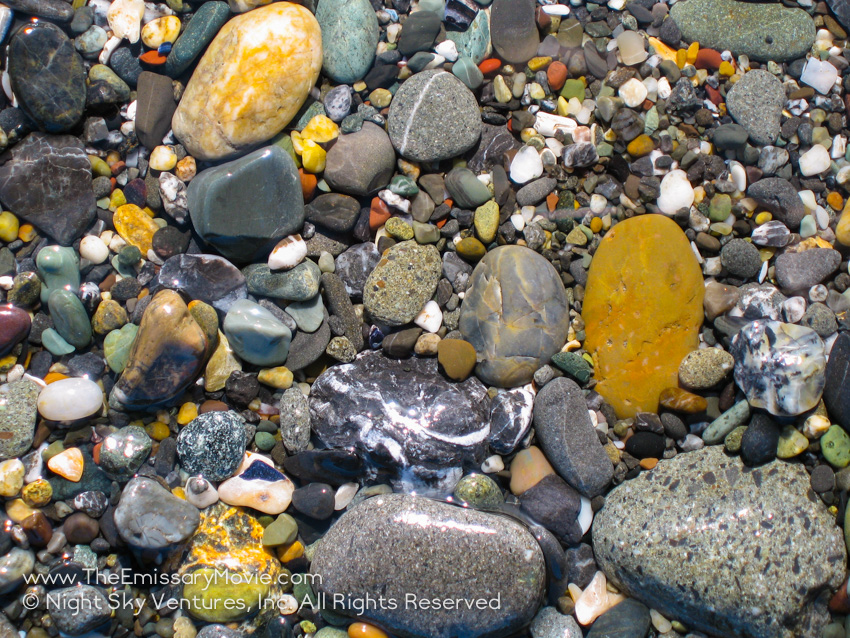Home Movie Facts Fans+Reviews Where to Watch News+Blog Store

I remain preoccupied with a simple physiological pathway, for a few years now. I am fascinated by the mechanism required for us to sense the bottoms of our feet.

What are the bottoms of your feet feeling, right now? Is the surface rough or smooth? Cool or warm? Moist or dry? Can you feel what surface they are on? Is it wood, stone, carpet, or fuzzy slippers?
Contemplate a single big toe. Can you feel the difference between two points under one big toe?
This simple exercise will increase the resolution of the sensory map in your brain. I'm very excited about how these simple sensory exercises refine
the resolution of our brain maps, and will write about this in a future post soon. There is research using microelectrode brain mapping that backs
this up. It is eye-opening.
The act of sensing something is a mechanism that stimulates molecules to move around. It is an exercise. And if you don't use it, you will lose it.
What would happen if we strengthened our awareness of feet sensations periodically every day? Would it improve balance and coordination? Could a simple awareness exercise like this even help protect us from peripheral neuropathy? I don't know. I keep looking up studies related to this.
I know there have been some studies that support my notion.
One was a "purely mental" exercise. They used Zen meditators and told a portion of them to focus on their right index fingers during a retreat. Compared to the control group, this "significantly enhanced tactile acuity." Sounds like a plus to me!
Another gave electric shocks to seniors! Don't worry, the shocks were mild. While simultaneously stimulating two points on the index finger, the seniors were asked if they could distinguish between the two points. The closer the two points get, the harder it is for anyone to tell the difference between them, but this ability to discriminate degenerates as we grow older.
People in their 80's started out unable to distinguish the two points very well. Training them with regular sessions of two-point stimulation improved
their sensitivity to that of people thirty years younger.
Ever since an Oregon study came out in 2005 suggesting
that walking on cobblestones improved blood pressure and overall physical health in seniors, people have been hawking little cobblestone pads for you
to buy and use at home. Hmm, here's my take on that: Use your environment, it's cheaper. Buying a mat won't replace the mental work you need to do
with increasing awareness, in your brain.
Folks who dance are already ahead of the game in
terms of tactile acuity, according to another study. Dancers have, consciously or not, trained themselves to sense their feet positions.
I am concerned about your more distant neurons because they are the first to get sacrificed, when metabolically compromised. It makes sense. Imagine the sciatic nerve, the longest nerve in your body. Besides making certain muscles move, it has to pick up sensations from the foot, and relay them all the way to the spinal cord. That is a lot of real estate to cover and maintain!
This preoccupation with my feet started one day when I was doing my morning run, and had a tiny pebble in my shoe. Rather than be annoyed, however, I decided
to welcome the sensation. After all, I didn't want to stop to pick it out. This is stimulating a portion of my brain's parietal lobe, which is keeps track of this spot on my foot,
I reasoned. I am strengthening the awareness of this particular spot, on the bottom of my foot, I thought. The pebble then shook loose, and
bounced around and hit another spot. And now I am stimulating another spot, I thought. These days I don't mind pebbles in my shoe
so much, as long as they don't hurt. I know nothing about reflexology. The pebble-in-my-shoe version is what I do.
Exercise: at random points during the day, quiz yourself about what your feet are feeling. That's it!
May your paths be bumpy.
News+Blogs Categories
Archive

